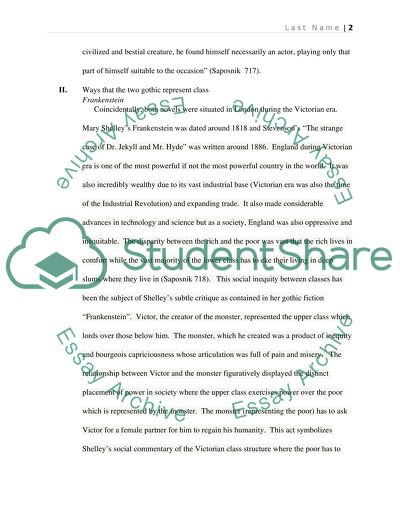Cite this document
(“Discuss the Way that Two Different Gothic Fictions Represent Class Essay”, n.d.)
Retrieved from https://studentshare.org/literature/1441093-defining-your-terms-discuss-the-way-that-two
Retrieved from https://studentshare.org/literature/1441093-defining-your-terms-discuss-the-way-that-two
(Discuss the Way That Two Different Gothic Fictions Represent Class Essay)
https://studentshare.org/literature/1441093-defining-your-terms-discuss-the-way-that-two.
https://studentshare.org/literature/1441093-defining-your-terms-discuss-the-way-that-two.
“Discuss the Way That Two Different Gothic Fictions Represent Class Essay”, n.d. https://studentshare.org/literature/1441093-defining-your-terms-discuss-the-way-that-two.


